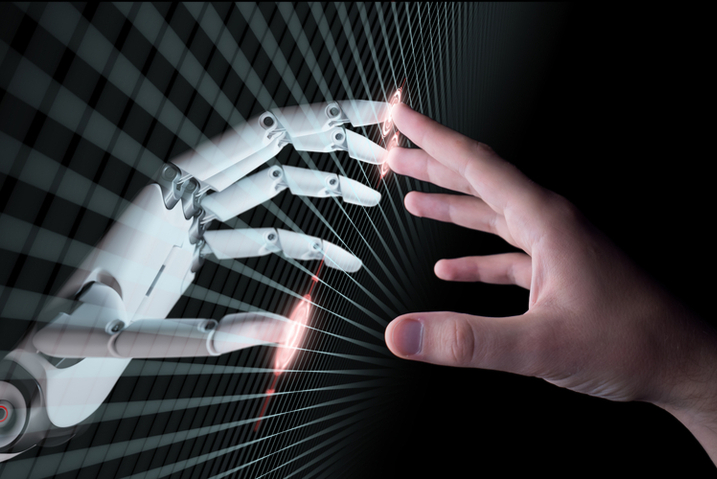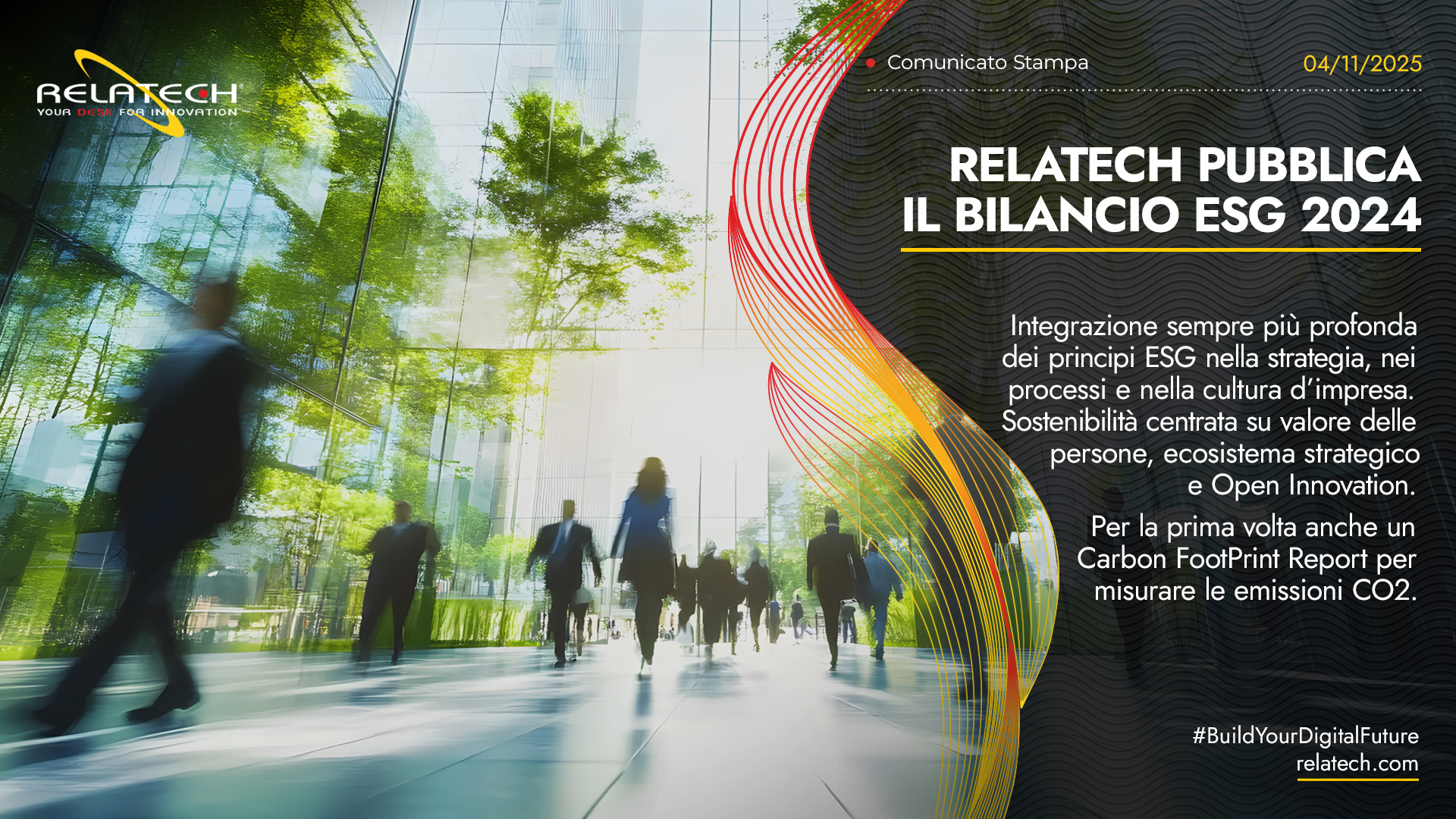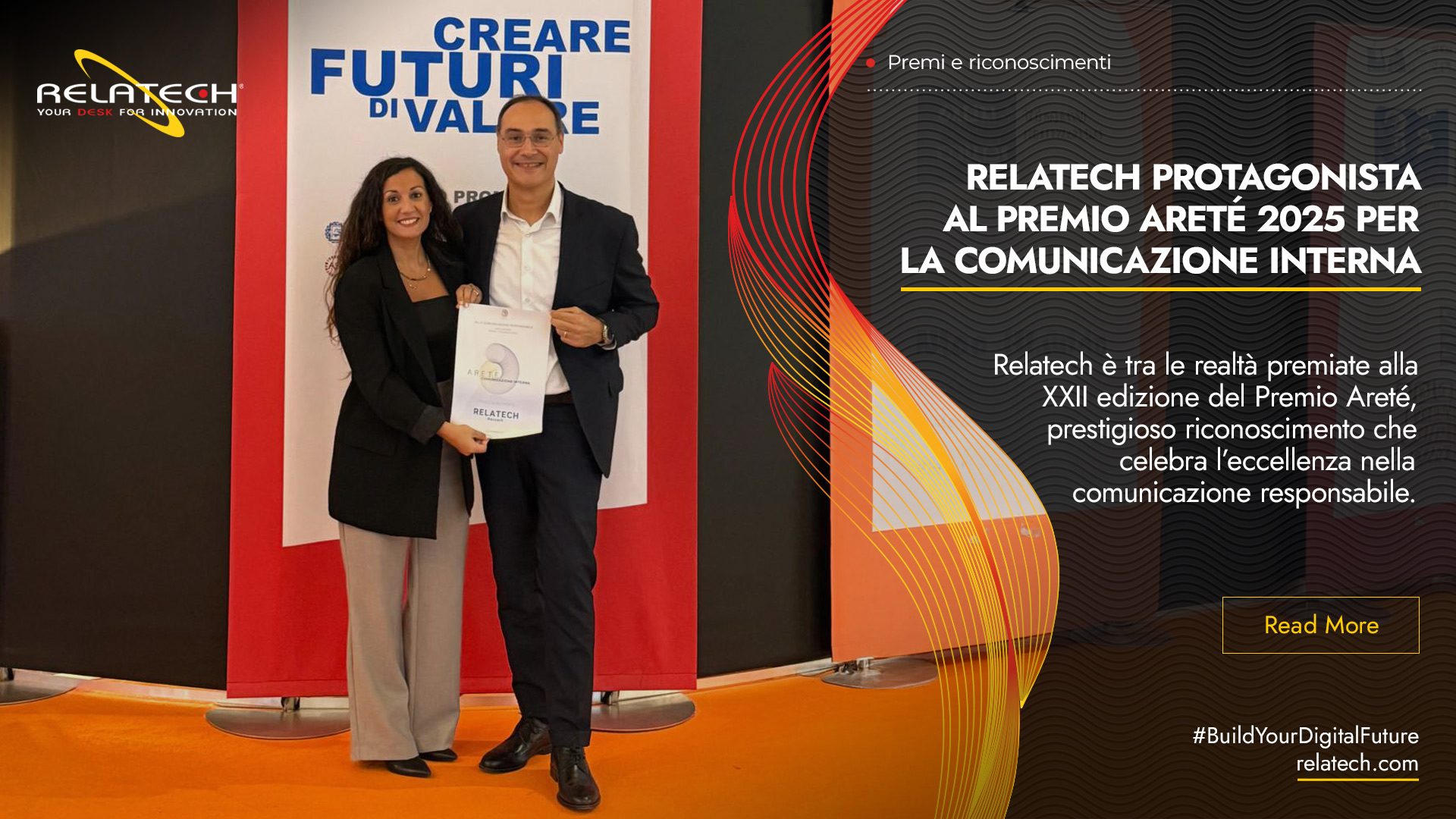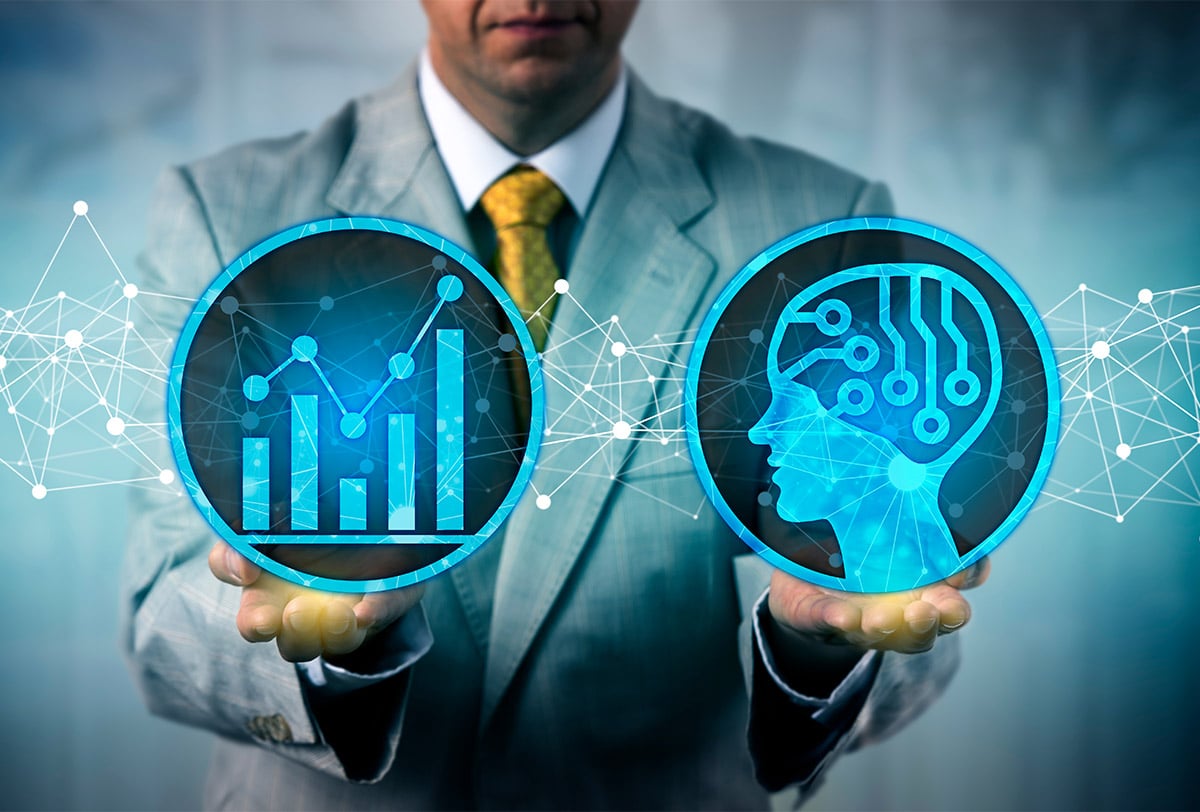By Relatech Markting Managment
In 2020, the whole of humanity was facing an unprecedented threat to this generation. The global pandemic forced students, public administrations, workers and professionals around the world to lock themselves inside their homes. Deserted cities, abandoned parks, shopping malls and shops, places that once teemed with life, joy, picturesque shapes and colors, seemed to be only a distant memory. A situation that has brought sadness, anger and despair especially to all the traders forced to close their business or to fire the collaborators of a lifetime in order to survive.
In this gloomy, seemingly hopeless climate, there was only one hope: digital innovation. All kind of shops tried to adapt to the change, starting to carry out online ordering services and home deliveries.
So even the most skeptical consumers inevitably adapted to this new type of shopping, which was once reserved exclusively for the most innovative young people ...
Beyond the economic and social consequences of COVID-19, it should be noted that the crisis has accelerated the innovation process in many socio-economic contexts. The pandemic has forced us, in spite of ourselves, to try new digital solutions in different areas of daily life. Some solutions have proved to be excellent even in a "normal" situation, as they save time, energy and money. One of the main changes that is having continuity also in the two-year period 2021-22 is the boom in online purchases both in retail and in wholesale.
INDUSTRY NUMBERS
From an analysis of – We are Social Italy, it emerges that 58.4% of world internet users between 16 and 64 years old have purchased at least one product online in the period examined, for a total of 3.8 billion people. In Italy, the numbers are slightly lower than in the rest of the world. However, even in the "bel paese" there was a very good trend. The percentage of the Italian population that made online purchases in 2021 is 47.6%, which corresponds to 35.7 million people, for a turnover of over 45 billion euros.
Since this is a situation of absolute emergency, which has made it completely impossible to physically go inside the stores, with the resumption of normal activities it was reasonable to expect a decrease in the growth rate of online purchases in 2022. However, this year there is also a 14% increase in online purchases compared to the previous year. The numbers bode well. We are led to believe that the growth rate can rise further by the end of the year, also thanks to initiatives such as Black Friday or similar and the Christmas holidays.
Below is a statistic on the sectors that are most involved in this type of innovation:
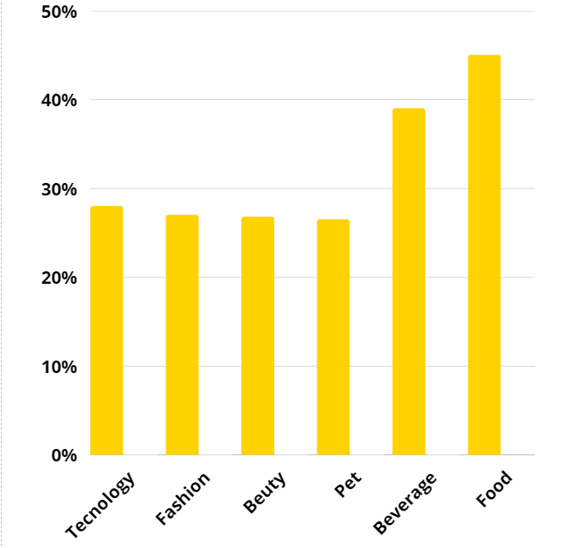
WHAT'S GOING ON IN THE ECOMMERCE MARKET?
What emerges from the analysis of the current situation is that users will have more and more offers and products available online. This situation pushes the average consumer to become more and more scrupulous in choosing the most useful product for their purposes, and in requesting valuable customer experiences; On the other hand, companies to keep up with the times, and avoid losing substantial shares of turnover, must necessarily adapt to the new type of customers, trying to evolve their business model. In fact, digital is redefining business models in the retail sector.
Millennials and Generation Z are the driving force behind the industry, and their needs are a priority for businesses. However, users in other age groups are also growing, requiring other types of features. The new purchasing behaviors of this new digital era project companies into a new stimulating challenge: to reinvent and redefine their offer, based on the purchasing habits of the new type of customers. To do this, it is necessary to make the most of every channel of interaction with potential customers. Smartphones continue to be the main gateway to the world of online shopping. Important consideration in the development of the UX of the platforms, which must necessarily be based on the concept of mobile first.
Companies around the world are therefore strengthening their online presence, in order to try to compensate for the shortage of in-store purchases, through increasingly sophisticated digital platforms that aim to completely replace traditional stores. Almost daily, new online stores are born: Both monobrand and multibrand are developing more and more omnichannel experiences to have greater control and to position their products consistently with their sales strategies, also taking inspiration from the experience of the big digital players (such as amazon, zalando, etc. ..) which today represent about half of online purchases.
At the same time, the physical store maintains a strong relevance for the promotion of commercial brands and contact with customers. So it is necessary to adopt an effective omnichannel strategy.
Omnichannel provides for the integration and differentiated management of the user depending on the channel, integrating all the touchpoints, both physical and digital, in a business strategy, in order to provide a unique and memorable experience to the consumer, based on the place and time in which the interaction takes place.
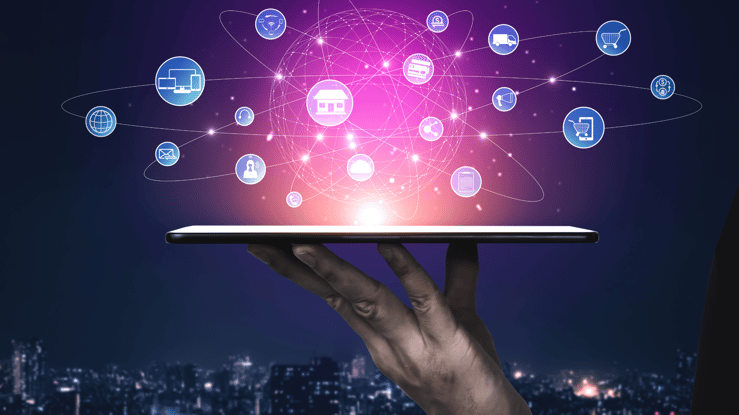
The future is PHYGITAL
New technologies are growing and will be the protagonists of the future. For example, a report by Capterra reports that 56% of respondents would like to use Virtual Reality to purchase their purchases in the future.
Virtual events and purchases
In times of pandemic, virtual events have been a very important resource, especially in the commercial field, because they have been the only way to carry out activities related to sales and sector holidays. Some of these platforms offer the possibility to create real virtual spaces where you can organize events, meetings and entire shopping centers simulating what happens in the real world. Some of these are introducing immersive graphics in an increasingly metaverse-oriented direction.
Frontier Tecnologies
Frontier technologies such as virtual reality and augmented reality aim to make the digital customer experience more immersive and personalized. In the retail world, there are already some augmented reality applications that allow you to try a digital twin of a physical product simply by sitting at home or anywhere else on the planet, framing it with your smartphone. An example is wannna kicks. Inside Ikea stores it is possible to use virtual reality viewers to see in real time and in an immersive way how the furniture of your home is set up as it is set up with the operator.
-png.png)
Artificial Intelligence
The retail world must therefore deal with new categories of consumers, increasingly connected but also sensitive to issues related to environmental sustainability and conscious consumption. However, user behavior is more unpredictable than in the past. To acquire new customers, it is therefore essential to have a precise and constantly updated understanding of the real needs and habits of consumers.
To understand the various correlations that exist relating to the purchase of products, in the past statistical analyses were carried out that correlated data on receipts made to obtain information relating to purchasing behavior, such as hours, related purchases, etc. The complexity of the digital world requires a different approach. Given the high rates of competitiveness and unpredictability of the e-commerce market, in order to propose relevant products it is necessary to go from time to time in search of the element that triggers the impulse to purchase.
Constant monitoring of interactions within digital touchpoints provides the company with a huge amount of customer data. The analysis of this huge amount of data is made possible by the use of big data and artificial intelligence technologies that allow the continuous processing and correlation of all these data, from this extraction a myriad of useful information for business purposes are obtained.
Artificial intelligence algorithms, increasingly advanced, thanks to the high computational and almost unlimited storage capabilities of the cloud, are able to analyze data in depth and autonomously learn to categorize the types of users and their needs. From this information it is possible to elaborate personalized recommendations that greatly increase the probability of purchase.

CONCLUSION
The boundary between real and virtual world is and will be less and less clear and defined, this greatly affects both production models and purchasing methods.
Big data analytics and machine learning are evolving more and more, making data available to human beings in all production areas that would otherwise be impossible to detect.
In the context of an e-commerce, the advantage of these technologies is to give the possible customer the right advice at the right time, in order to propose what is really relevant for it, consequently increasing the conversion rate.
Big data analytics technologies are used to feed automatic management systems that act according to programming logics predefined by the human being, who still has the task of developing actions and countermeasures in the event that the process requires adjustments. The high potential deriving from this type of technology does not replace the work of the human being, but rather elevates him to a better condition, as it is relieved of tedious and repetitive tasks such as filling out spreadsheets that very often do not even add the desired value to the company's business.


